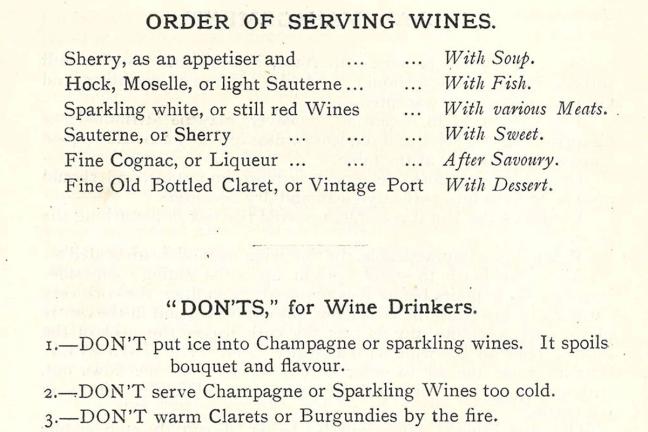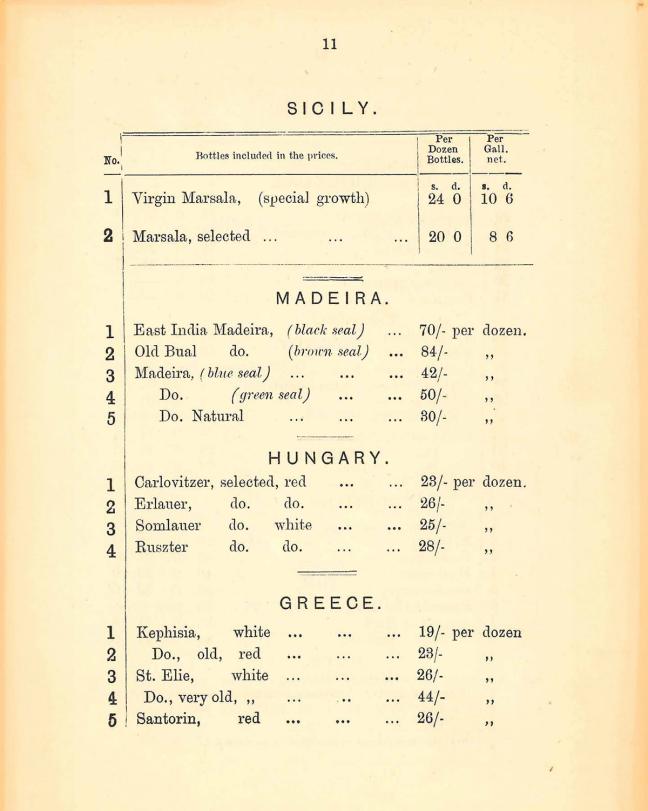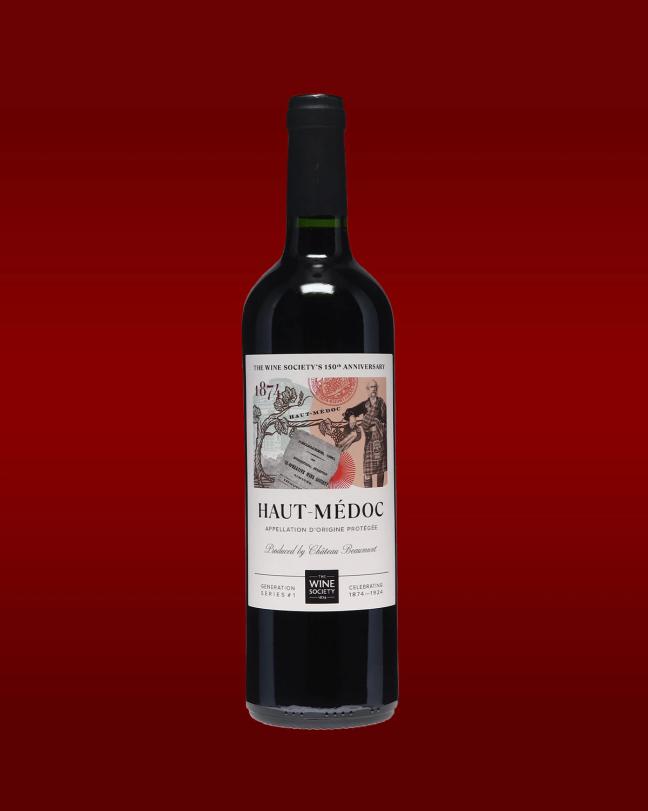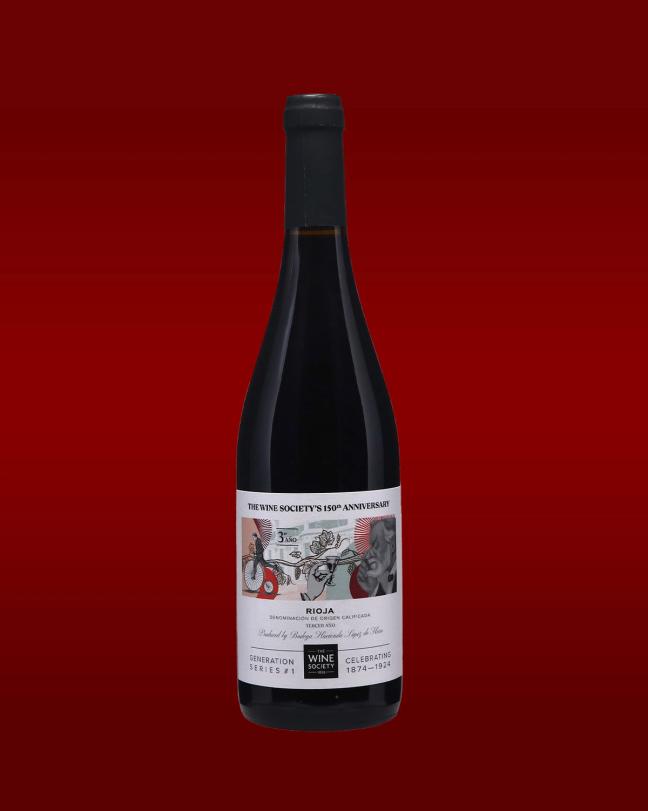A brief guide to wine trends over the decades
‘Rioja, Bordeaux and Burgundy are all places whose terroir has proven itself to be reassuringly durable’
The world of wine has a reputation for being rather conservative. Trends tend to emerge over decades rather than years; it’s no coincidence, then, that the classification of Bordeaux châteaux has remained unchanged since 1855.
In the UK, there are few more classic examples of this stability than the august retailer The Wine Society, which, this year, celebrates its 150th anniversary. You won’t find The Wine Society on the high street – for the majority of its existence, it has been a mail-order merchant, sending out a quarterly list for its members' perusal (the society is a co-operative, owned by its members, each of who is issued a single lifetime share upon payment of what is, essentially, a £40 joining fee).
Moreover, though printed lists are still dispatched, online ordering – complete with the choice of delivery by either an anonymous courier or a Wine Society liveried van – makes things somewhat more efficient than the society’s original horse-and-cart fulfilment.
The society was formed off the back of the International Exhibition of 1874, which took place at the Royal Albert Hall to ‘strengthen the bonds of peace and friendship throughout the world’. The public were invited to taste wines from as far afield as Austria-Hungary, France, Italy, Australia, Russia, California, Serbia, Spain and Greece. The majority of the wines, however, came from Britain’s great ally and trading partner, Portugal, to the extent that the Portuguese wines occupied a whole cellar to themselves in the lead-up to the event.
Unfortunately, when the exhibition came around, the cellar in question seems to have been entirely overlooked, and the wine laid blissfully undisturbed for the event’s duration. The Portuguese contingent were, understandably, rather miffed, having gone to considerable lengths – and expense – to ship so many barrels. Indeed, such was the furore that the Portuguese government appealed to the British Foreign Office, and, in order to avoid a diplomatic incident, major-general Henry Scott (architect of the Royal Albert Hall and secretary to the Great Exhibition Commission) was tasked with organising some large lunch parties to showcase the left-over wines.
On 4 August, 1874, a ‘Committee of Gentlemen’ met in a room in the Royal Albert Hall to select the best wines for these lunches. So impressed were they after what was, with little doubt, a thorough appraisal, they decided to form a ‘co-operative company’ to purchase the wines for future enjoyment, and the International Exhibition Co-operative Wine Society was duly constituted.

From the very beginning, the Society’s policy was to supply wines and spirits to its members at the lowest possible prices, with the capital required to do this coming courtesy of debentures by members. It was stipulated from the start that ‘no profit [should be] made upon the sales beyond what is necessary to secure a margin of safety'; in 1875, 23 members attended the AGM and drew up these ‘Objects’. Today, the society has 180,000 active members, a number that was swelled by 30,000 during the long, lonely days of lockdown.

Among a host of initiatives to commemorate its 150 years, The Wine Society has launched a one-off range of own-label wines, named The Generation Series, which provide an illuminating insight into wine fashions down the ages. The wines will be released in four tranches – one per quarter – each reflecting the styles, regions and tastes that defined a 50-year period in the society’s history, with the final series looking ahead to the next half-century.
The first release, comprising 11 wines, reflects the styles that were popular between 1874–1924, and makes for interesting reading. The oldest remaining copy of the society’s original lists dates back to 1880, and includes such categories as ‘Household Sherry’ and ‘Communion Wine’. It is dominated by Portugal and Spain – notably Madeiras, Ports and sherries, along with wines from the Algarve and Valencia – but also Bordeaux (aka claret) and Burgundy, German hock, Champagne and whisky (available by the gallon for particularly bibulous members).

The second tranche, to be released in March, and to reflect the most popular styles from 1924–1974, includes the likes of Chianti, Alsace, white Bordeaux and Australian cabernet.
The third release is not yet confirmed, but if it characterises the commercial successes of the late 20th century, it will surely feature supermarket staples such as New Zealand sauvignon blanc, Argentinian malbec, Californian merlot, Chilean chardonnay, Australian shiraz, pinot grigio and – shudder – Prosecco. (As noted, the fourth and final series promises a look at the next 50 years, in which alternative grape varieties and cooler-climate regions are likely to play a major role, given the increasing impact of climate change.)
All of which got me pondering whether or not tastes have become more refined over the last 150 years. Certainly, I find the types of wines in the first and, to an extent, second series more appealing than the commercial identikit options that seem likely to make up the third series (and have, thus far, defined my lifetime).
The first tranche of wines from the Generation Series highlights bottles that have stood the test of time – and there’s a reason for why they have done so: Rioja, Bordeaux and Burgundy are all places whose terroir has proven itself, over hundreds of years, to be reassuringly durable. Because, sometimes, tradition is no bad thing…
Two to try
The Wine Society’s Generation Series Haut-Médoc 2019

So popular has this benchmark Left Bank claret been with members down the years that The Wine Society is now Château Beaumont’s biggest single customer worldwide. The 2019 vintage is, we are told, ‘very much in keeping with the kind of claret that we were shipping and offering to members in the first half century of our existence’. Expect a smooth, plush blend of 55 per cent cabernet sauvignon and 45 per cent merlot, 80 per cent of which spent a year in French oak barrels (30 per cent of which were new), with the balance aged in stainless steel.
The Wine Society’s Generation Series Rioja 2020

Rioja was just as much – indeed, perhaps more – of a wine cellar mainstay in the 19th century as it is today, and this rendering harks back to the way that Rioja was made, aged and labelled when the society was in its infancy. Again, not much has changed – three years of ageing before release – though Bodegas Hacienda López de Haro’s blend favours garnacha over tempranillo, delivering extra polish and poise.
Want more wine content? We examine which celebrity-backed bottles are worth drinking…

Become a Gentleman’s Journal Member?
Like the Gentleman’s Journal? Why not join the Clubhouse, a special kind of private club where members receive offers and experiences from hand-picked, premium brands. You will also receive invites to exclusive events, the quarterly print magazine delivered directly to your door and your own membership card.
Further reading

Restaurant review: with ABC Kitchens, Jean-Georges Vongerichten produces yet another multi-layered venture

Defined by power and body, this is why the Penfolds Bin 707 is analogous to a jumbo jet
